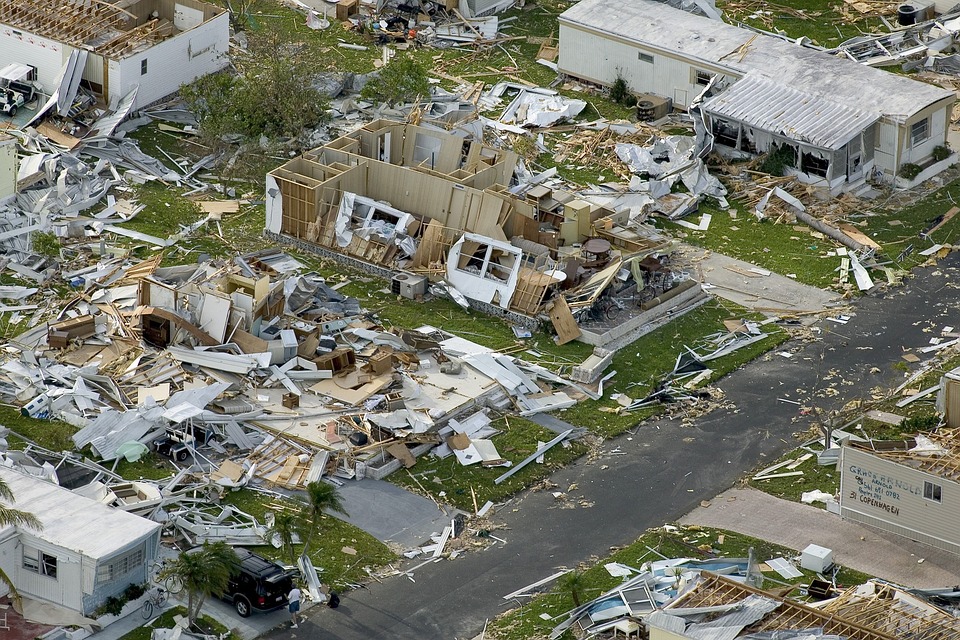By: Leon Altman
The recovery from Katrina and Rita ushers in a new era of Disaster Recovery and Prevention. Governments and people are rethinking their response to disasters and the steps they can take to prevent or minimize the worst consequences. The biggest catalyst for this new era is the political fall-out from Katrina.
The slow response to Katrina was a black eye for the Bush administration. For Michael Brown, the ex-head of FEMA, it was a national humiliation. The fates of Louisiana governor Kathleen Blanco and New Orleans mayor Ray Nagin remain to be seen, but reports have pointed out their failures in prevention and response, and that will come into play at election time.
President Bush wants to make up for the bungled response (and restore some political capital)and has earmarked a recovery effort that may total $200 billion dollars. The early response to Katrina has become a cautionary tale for politicians and bureaucrats in federal, state and local governments, and you can be sure they will be pushing for more disaster prevention spending in their own particular fiefdoms. And the media is keeping watch—newspapers in California have been filled with stories warning about the lack of disaster (especially earthquake) preparation in the state.
The Army Corp of Engineers, burned by the lack of follow-through on their recommendation to raise the New Orleans levees, is now looking to repair vulnerable areas around the country. And they’re not the only ones.
New homes have multiplied along vulnerable coastal areas. From Florida to the Outer Banks up to The Hamptons and all throughout the east coast, coastal property values have soared. Dune Road, a sliver of land with pricey homes between the ocean and a bay in Westhampton, New York, was virtually wiped out by flooding little more than a decade ago. Now it has been rebuilt with even pricier multi-million dollar homes. You can be sure these homeowners will spend what it takes to protect their properties.
And they may need to because it looks like big storms are brewing. If many meterologists are correct, we may have entered a cycle of increasing frequency and severity of hurricanes.
Combine the measures slated for homeland security, rebuilding the Gulf coast and the ramp-up of disaster prevention around the country and you have a near permanent state of disaster recovery and prevention.
For some companies, let’s call them Hurricane stocks, the opportunity to take part in the Gulf recovery means a great deal of more business in the short term. For others, it may mean more business for many years to come.
Hurricane stocks are companies that are needed right now. For instance, the immediate need to help those whose homes have been destroyed or are unhabitable. Think of companies that provide temporary living and survival gear. Think of Coleman camping products, such as tents, sleeping bags, portable stoves, flashlights. Coleman is owned by Jarden (JAH:NYSE).
Manufactured homes have come a long way in the past decade, and will prove to be a good temporary solution for many and a permanent solution for others in the Gulf. Cavalier Homes (AMEX:CAV) has been contracted to build and deliver manufactured homes to the Federal Emergency Management Agency to house Gulf Coast residents displaced by Hurricane Katrina. The contract is expected to generate $58 million to $63 million in revenue for the company.
Some other compnnies in this sector include Champion (NYSE:CHB), which partners with nearly 3,000 independent retailers, builders and developers, Fleetwood Enterprises (NYSE: FLE) and Coachmen Industries Inc. (NYSE:COA).
Oil and gas facilites in the Gulf coast also need emergency repair. The economy of the Gulf Coast and, to an extent, the economy of the U.S. depends on it. A number of drilling rigs were damaged in the storms, which means that a company like ENSCO (NTSE:ESV) which owns drilling rigs in the area, will be in big demand. Oceaneering International (NYSE: OII), which inspects and repairs underwater infrastructure of oil facilities, will be busy, as will Jacobs Engineering (NYSE:JEC), providing engineering and construction services to oil and gas companies.
Rebuilding the Gulf Coast
Rebuilding will include the big dogs in construction, like Halliburton (NYSE:HAL), The Shaw Group(SGR) and Caterpillar (NYSE:CAT). But many smaller companies will also take part, often as subcontractors. The Army Corp of Engineers has increased its task order from $10 million to $20 for Aduddell Roofing, a subsidiary of Zenex International, Inc. (OTCBB:ZENX). National Storm Management (NLST:PK), an expanding national construction company specializing in storm restoration management, will also do a good deal of restoration work in the Gulf Coast.
To build you need building materials. Home retailers such as Home Depot and Lowe’s will be seeing their orders increase, but so will companies that provide raw materials like timber. Take a look at Rayonier (NYSE:RYN)and Plum Creek Timber (NYSE:PCL), two REITs that own and manage timber properties.
Some Hurricane and rebuilding stocks have already jumped and retreated. But the point to remember is that while the hurricanes resulted in an immediate need to help those in dire need, they also ushered in a new era, an era when governments and people in the U.S. and around the world know they can do more to recover from disasters and minimize the consequences. So keep an eye on companies that will be at the center of the Disaster and Prevention theme for years to come.
Leon Altman founded http://www.InvestingIN.com and http://www.SmallcapRecap.com, two websites that offer news and commentary on stocks.
Article Source: http://www.ArticleBiz.com

